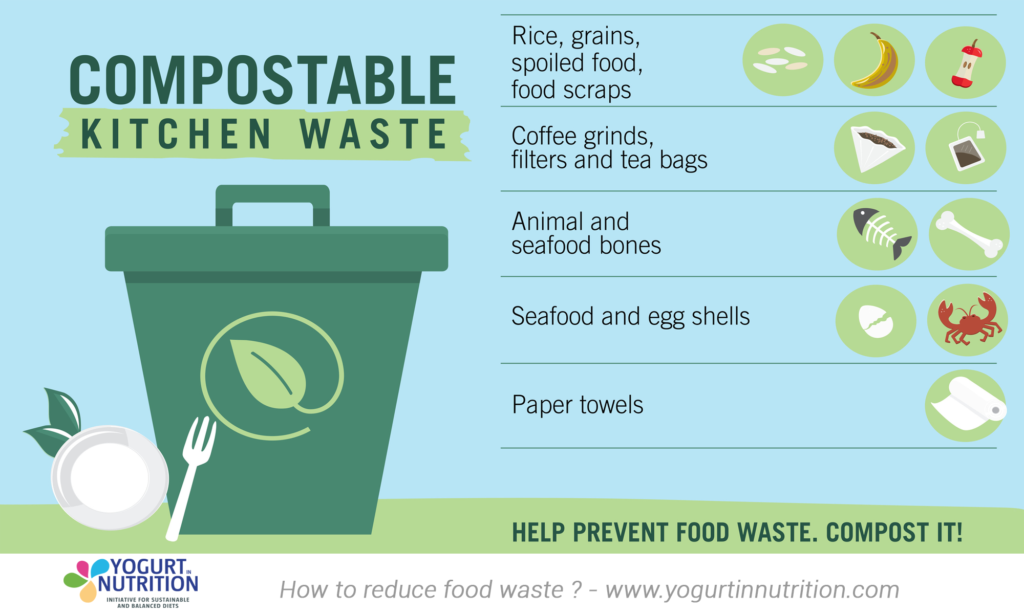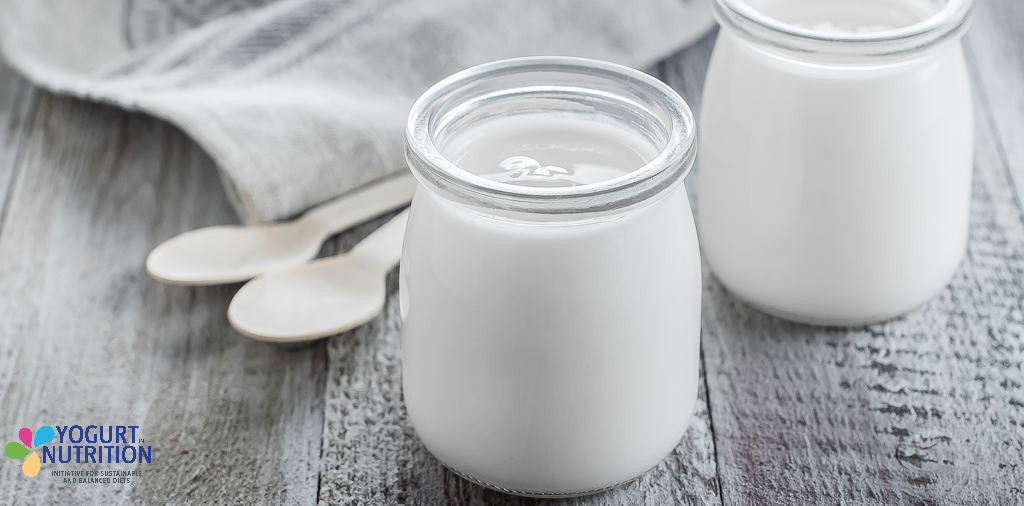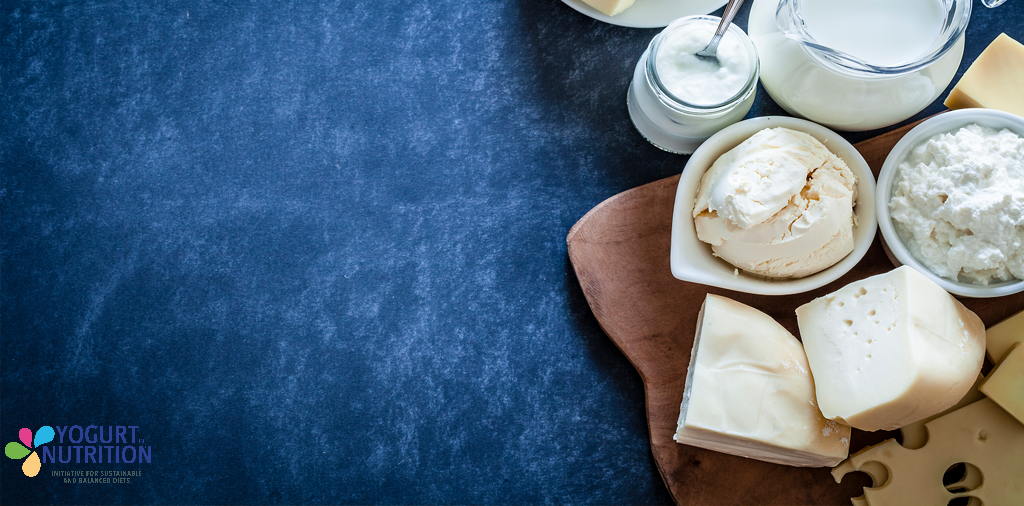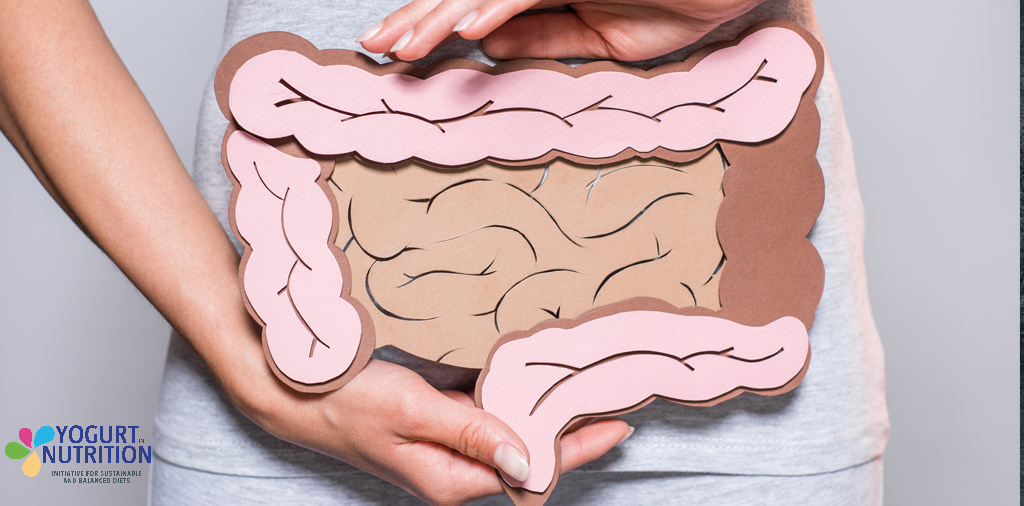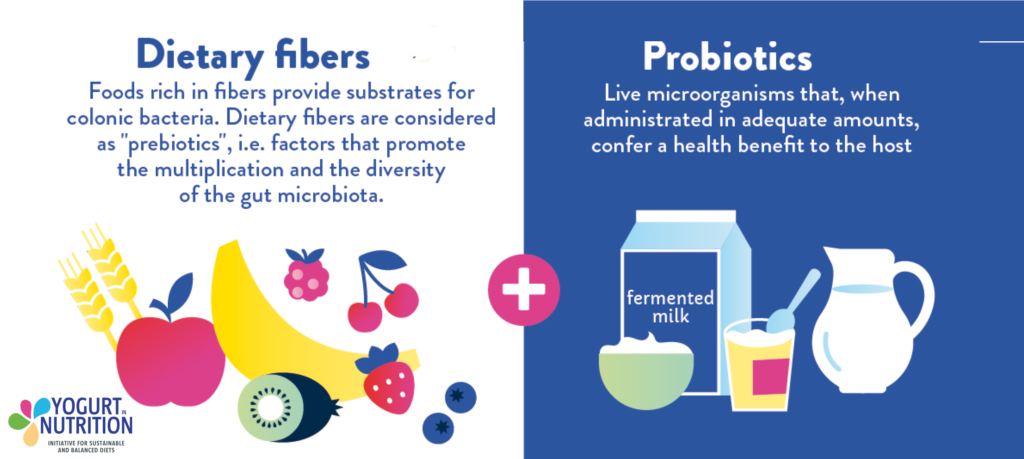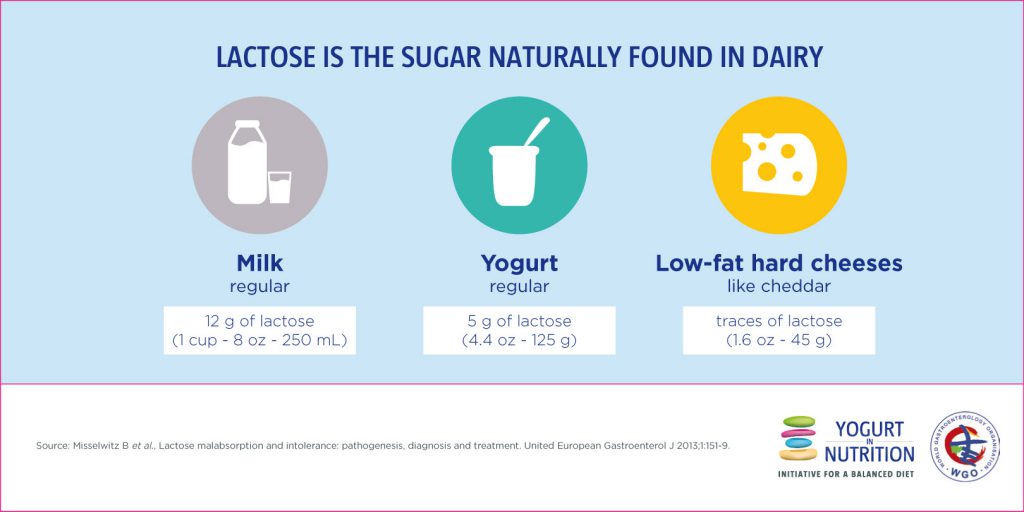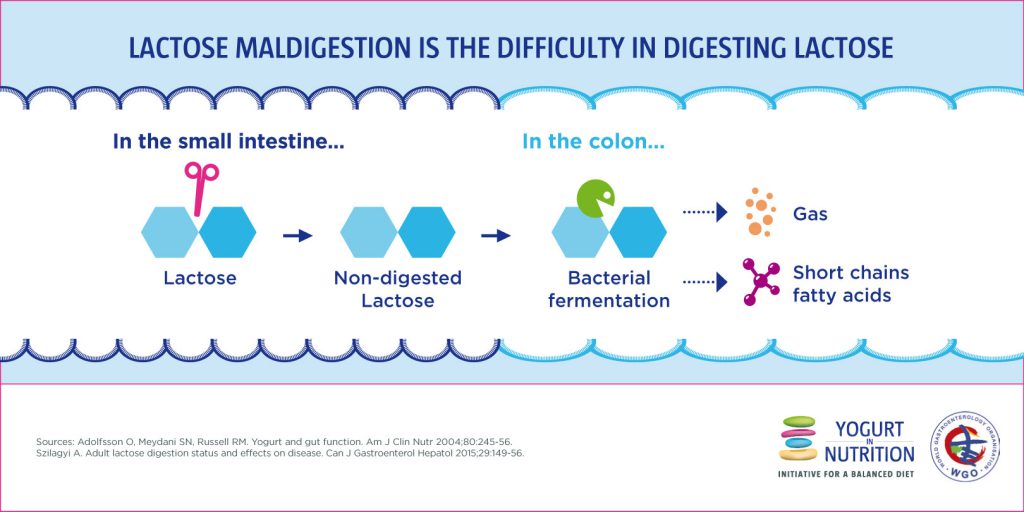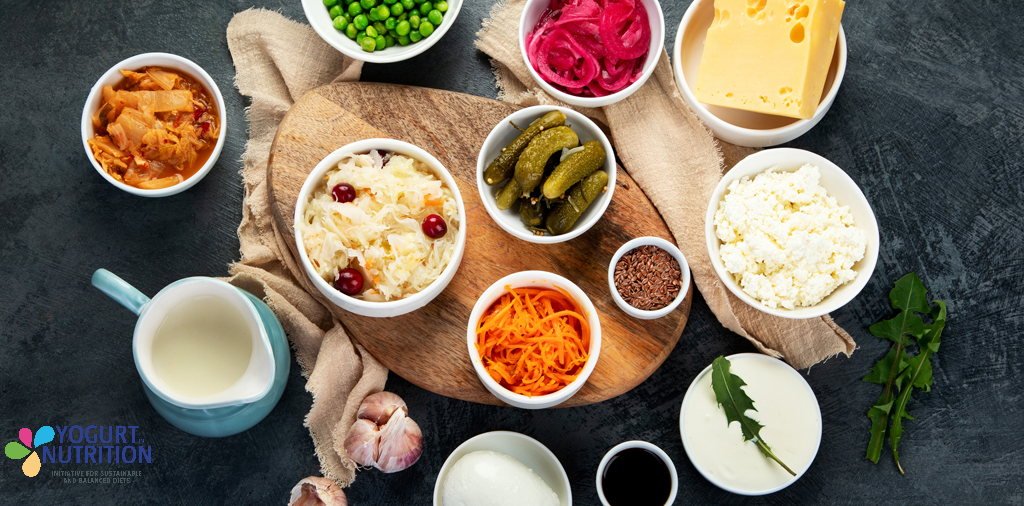School meals have an important role to play in putting us on track for a more sustainable future for our children. A heap of attention has been given to achieving healthier school meals. But what do we know about their environmental impact?
Not much… and while we can choose a healthier and more sustainable home cooking that suits our preferences, our budget, and our culture, we may not have much say in what our kids eat at school.
That’s why a team of Italian researchers has been looking at the carbon footprint of some of the Italian school menu (1). They believe their findings could help shape food policies and drive the shift towards more sustainable choices and agricultural practices. Through food labelling, such research could also help parents to choose meals that are both nutritious and kind to the environment.
Hotspots of environmental impact
The researchers carried out a life cycle assessment – a standardised way of identifying hotspots of environmental impact of food products, processes, or systems from ‘cradle to gate’, including:
- production and harvesting of crops and feed – including the use of fertilisers, energy and fuel
- animal husbandry
- processing and slaughtering
- packaging
- transport to the point of processing food and producing school meals
The researchers assessed the greenhouse gas (GHG) emissions of foods and meals provided in school canteens and related this environmental impact to the foods’ energy content – important for active kids.
Which ingredients have the lowest environmental impact?
The school menu comprised 120 individual foods, and the team found that the largest carbon footprints came from red meat, such as veal and beef; fish, such as yellowfin tuna; and certain types of cheese.
Dairy products also demonstrated a larger carbon footprint than plant-based food groups; however, previous studies have shown that dairy foods make an important contribution to nutrient intake in many countries (2,3).
Fresh fruit, vegetables, cereals and legumes were associated with the lowest carbon emissions.
It’s all part of the course…
It’s important to consider the whole meal, rather than its individual ingredients. In Italy, the school meals comprise a first course that is mainly based on carbohydrates such as pasta, a second course that is composed mainly of protein-rich foods such as red meat or fish, and a side dish of vegetables or high-fibre foods. The researchers analysed 79 dishes – 28 first courses, 40 second courses and 11 side dishes.
As other studies have found, nutrient-rich meals are often associated with higher GHG emissions (2). In this study, the first courses represented a good balance between environmental impact and nutrition, having a smaller carbon footprint but a higher energy content than the meat-rich second courses. Pasta, pizza Margherita and gnocchi with tomato sauce were among the first courses that best combined carbon footprint and food energy.
Side dishes such as vegetables were found to have an even smaller carbon footprint; however, they provided less energy than the first course.
On the other hand, second courses, for example, those containing veal or beef, tended to have a high carbon footprint that was not compensated for by high food energy, the researchers found. For these second courses, it’s better to choose white meat such as chicken.
Research to steer dietary choices
These findings, revealing the sustainability of local dietary practices (4), could help change food policies to become more environmentally sustainable and nutritious, as well as support consumers in their meal choices, say the authors. The method they used could be applied to finding out the environmental impacts of different diets. They also suggest that the next stage of this research is to assess the impact of food and meals on other environmental resources, such as land use and water, and the influence of cooking and waste.
‘Results on the CF [carbon footprint] of meals and ingredients used in school canteens could be useful for further changes in school food policy in light of environmental sustainability, nutritional aspects and educational purposes’ – Volanti M et al, 2022.
Source: (1) Volanti M, Arfelli F, Neri E, et al. Environmental impact of meals: how big is the carbon footprint in the school canteen? 2022 Jan 12;11(2):193. doi: 10.3390/foods11020193.
Additionnal reference:
- (2) van Hooijdonk T, et al. Dairy in a sustainable diet: a question of balance. Nutr Rev. 2015.PMID: 26175490
- (3) Vieux F., Soler L.G., Touazi D., Darmon N. High nutritional quality is not associated with low greenhouse gas emissions in self-selected diets of French adults1-3. Am. J. Clin. Nutr. 2013;97:569–583. doi: 10.3945/ajcn.112.035105.
- (4) Hachem F, Vanham D, Moreno LA. Territorial and sustainable healthy diets. Food Nutr Bull. 2020;41(2S):S87-S103.




